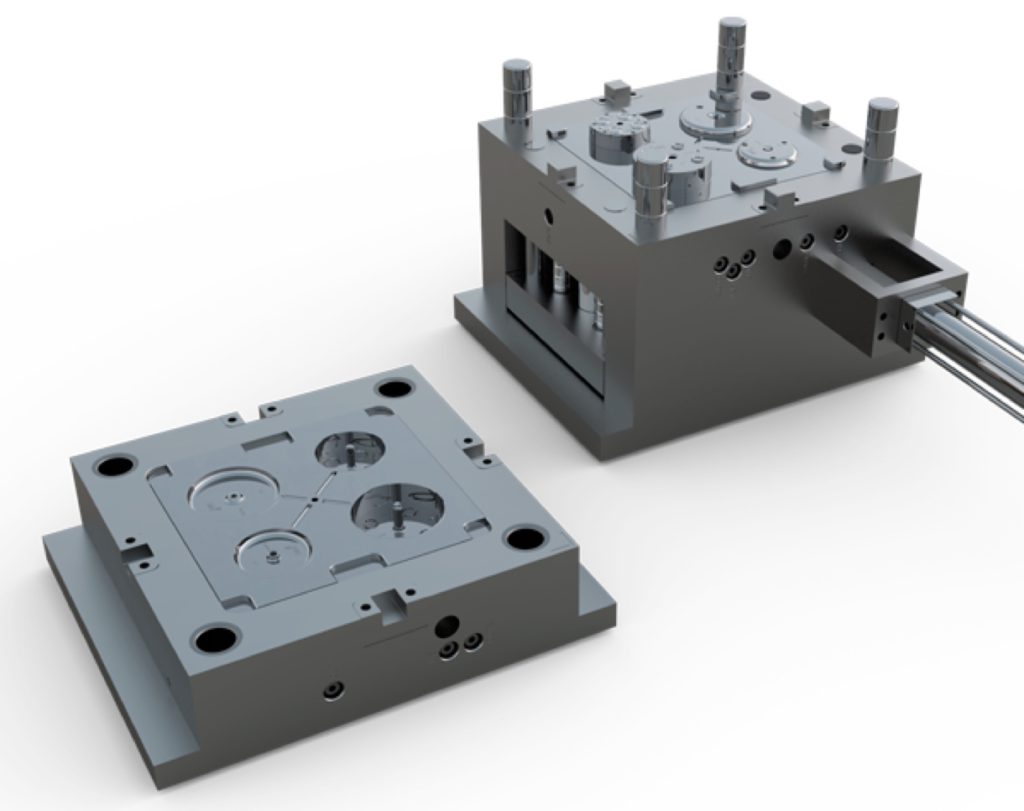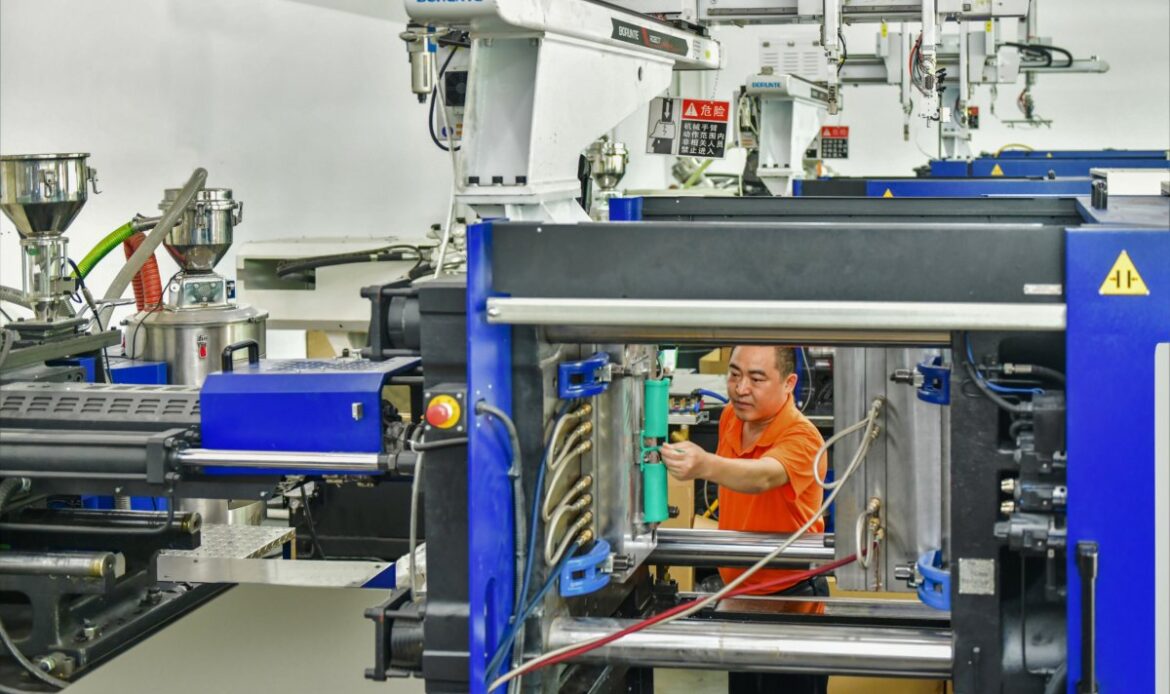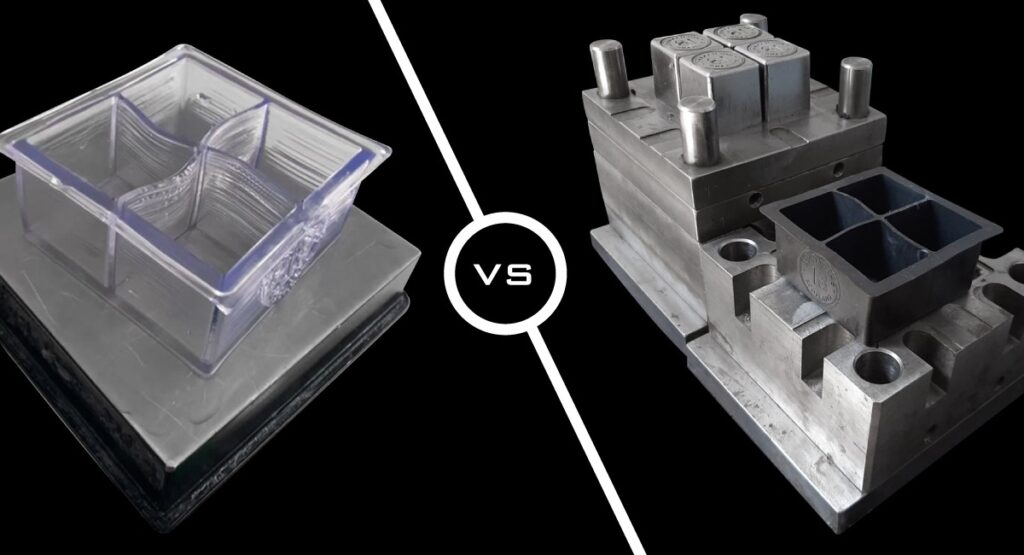Deciphering the cost of a plastic injection mold is not super easy; it’s actually quite complex. You see, one specific plastic injection mold can range anywhere from $3,000 to $100,000, sometimes even more. Simple molds range from $3,000 to $6,000 and larger molds usually start at $25,000 and can work their way up from that point depending on the details involved.
Because the price has such a wide range, we highly suggest weighing the pros and cons to a plastic injection mold investment. To do this, you’ll want to determine whether or not you’ll be producing enough parts to break even and one day start making money. The higher the volume numbers are the lower the per-piece cost will be, resulting in much more profit the longer you intend to stick to the same manufacturing process.
To provide you with an initial positive, we’d like to state a somewhat obvious consideration. If you will break even and start making profit along the way, purchasing a plastic injection mold is worth it. Why? Because it’s the fastest, most economical solution to produce plastic parts in bulk – and the solution is not all that difficult to learn and train others to follow through with.
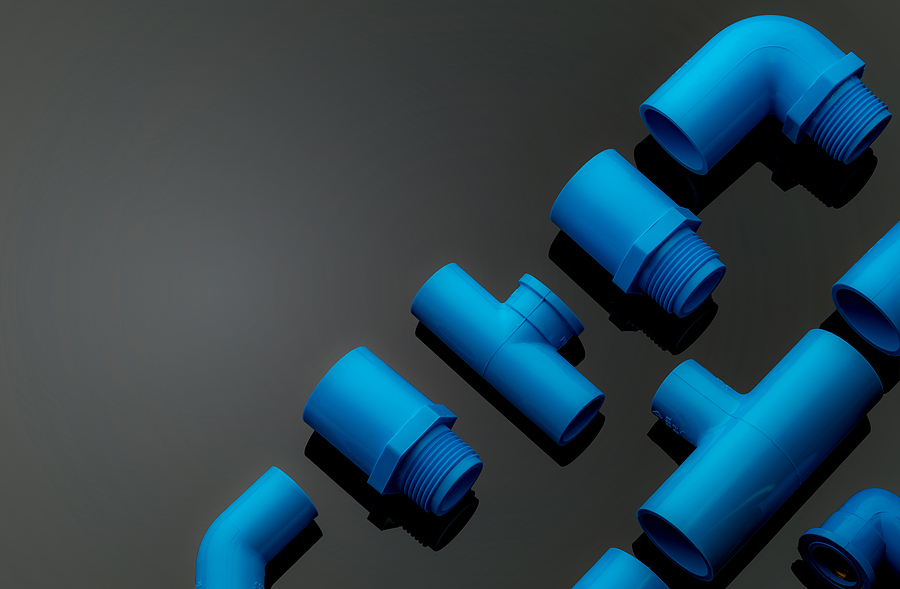
How Is The Cost Of Injection Molding Calculated?
The #1 cost associated with injection moldings pertains to the machining process, but there are several factors that can weigh in. Examples include:
- Mold size
- Complexity of mold
- Type of mold
- Number of injection cavities machined into mold
Please note the following three specifications:
- Prototype molds will always cost less money than the official mold used during production runs.
- Longer production runs will cost more than quick run throughs.
- Extended production will require high-strength steel [added expense] to maintain high quality, repeated use.
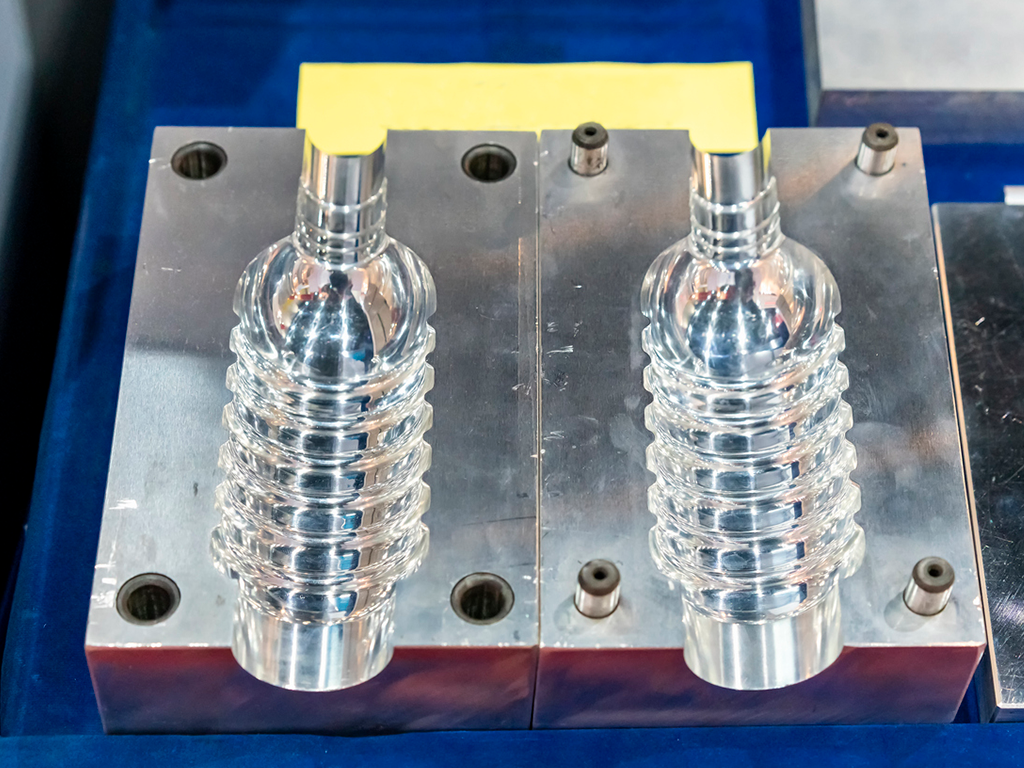
Important: Choosing Mold Material
Oftentimes, people looking to operate through plastic injection molding processes miss one key factor: The molds are almost always made out of steel or aluminum, not plastic.
Aluminum is a far better option than steel, primarily because it dissipates heat better, but also because it’s more cost effective. Why does dissipation of heat matter? Because it’ll cut cycle time down and promote efficiency.
The only downside to using aluminum is that durability is not its strongest marker. That’s what steel excels in, and though it does weigh in on the more expensive side, steel will definitely last longer and ultimately lower the price-per-piece in the long run [if you’re looking to mass produce].
A final pro and con to walk away with is that aluminum molds can typically wear down quickly, and once worn, they cannot be repaired or modified. On the other hand, steel can be easily modified through welding processes to change the design or make repairs. Again, steel is much pricier than aluminum.

Important: Choosing Plastic Material
Once the mold material is chosen, it’s time to move onto what you’ll use for plastic. Generally, thermoplastic resins can be used. Overall, the type of plastic will play a major factor in how much money you’ll be spending per mold produced. And, the plastic resin choice you make will play a large role in carrying out the functions of the parts being made.
Generally, plastic resins can range from $2 to $20 per pound. The pieces needed [or pounds used] in each injection will ultimately depend on the size of the mold and how detailed/complex it is. Some of the descriptions you’ll want to look for when purchasing plastic resins are as followed, again, dependant on what you want your manufactured pieces to do:
- High impact
- Food grade
- Transparent
- High flow
- High gloss
- Fire retardant
- Low temperature
- High heat
- UV resistance
Most of the above bulleted points are specific, holding special qualities within. If your manufactured part does not need any special qualities, you may be able to get away with even cheaper plastic resin to save your company even more money in the long run.

